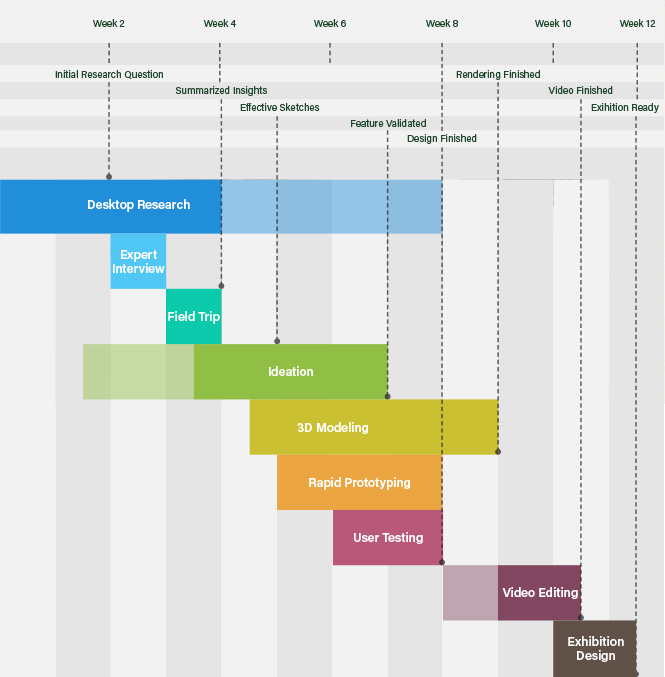.jpg)
Please Remain Seated
Reshaping the Sedentary Inflight Experience
Prolong sitting can cause serious damage to the human body, including more than thirty types of chronic illnesses and acute medical issues, such as Deep Vein Thrombosis (DVT). Taking breaks during long hours of sitting is one way to mitigate these health risks. But what do you do during a long haul flight in a cramped economy seat?

Sitting is the new smoking
Team
Myself & 3 awesome Thesis
Committees
Karen Cheng
Sang-Gyeun Ahn
Christopher Ozubko
Role
User Experience Researcher
User Experience Designer
Supported by
UW school of Nursing
Commercial Aircraft Corporation of
China
Jamco America
Cohorts from the UW design

I gamified the anti-DVT in-seat exercise experience for the long-haul economy class passenger, with various research and design methods.
The highlight of my design is the rapid iteration at the original scale of the seat. It expedited user testing significantly.

Process

Desktop Research
To make it easier for me to build connections between the information as well as to explain it to discuss my rationals with my committees, I made a big physical board with selected information.
From desktop research, I formed the initial research questions and found the people for experts interviews.

Expert Interview
I consulted with Dr. Brenda Zierler and Dr. Basia, experts of DVT.
By interviewing them, I realized that prolonged sitting during the long haul flight is a problem that has been under-addressed.
Prolong sitting in cramped space compound with dehydration will drastically increase the risk of DVT
Doctors also suggested directions, such as providing more space for the passengers to relax, encouraging them to drink more water, and most importantly reminding them to work out their calf muscles.

Field Trip
To gain more insights, I conducted contextual research. I took a round flight from Seattle to Chicago and collected data to inform the following ideation process

Photos and noties from the field trip were arranged for discussion.

Ideation
Sketching is my favorite way to ideate and communicate concepts. I like clipping sketches and pin them together.
Overtime, I will have an ideation wall that shows my thinking process to people around, so they give me their suggestion easily.

Physical computation is powerful to validate idea at an early stage. For this project, I used a pressure sensor and led lights to prove the idea of embedding pressure sensors in the seat pan.

3D Modeling
To ensure that the design aligns with Federal aviation regulation (FAR), I referred to the current economy seat structure for the parameters and main structure design.

Rapid Prototyping
I used cardboard for iteration. Compared with prototyping using the 3D printer or other expansive materials, which is commonly seen in the airline industry, I found cardboard prototyping more ecient. It allows for both accuracy and quick modification.

User Testing
Asking my picky designer friends to sit in my cardboard chair probably is the most exacting part of this project.
I conducted rapid prototyping and user testings at the same time and adjust the design accordingly immediately after each test.





Several seats were built in a week following users feedbacks to test different ideas.
Video Editing
I created the surface in Rhino 3D and rendered the animation in Keyshot. The video was created in two days in After Effect.

Exhibition Design
The project was exhibited in Henry Art Gallery. I iterated different exhibition designs to see how can I better communicate the design to a


